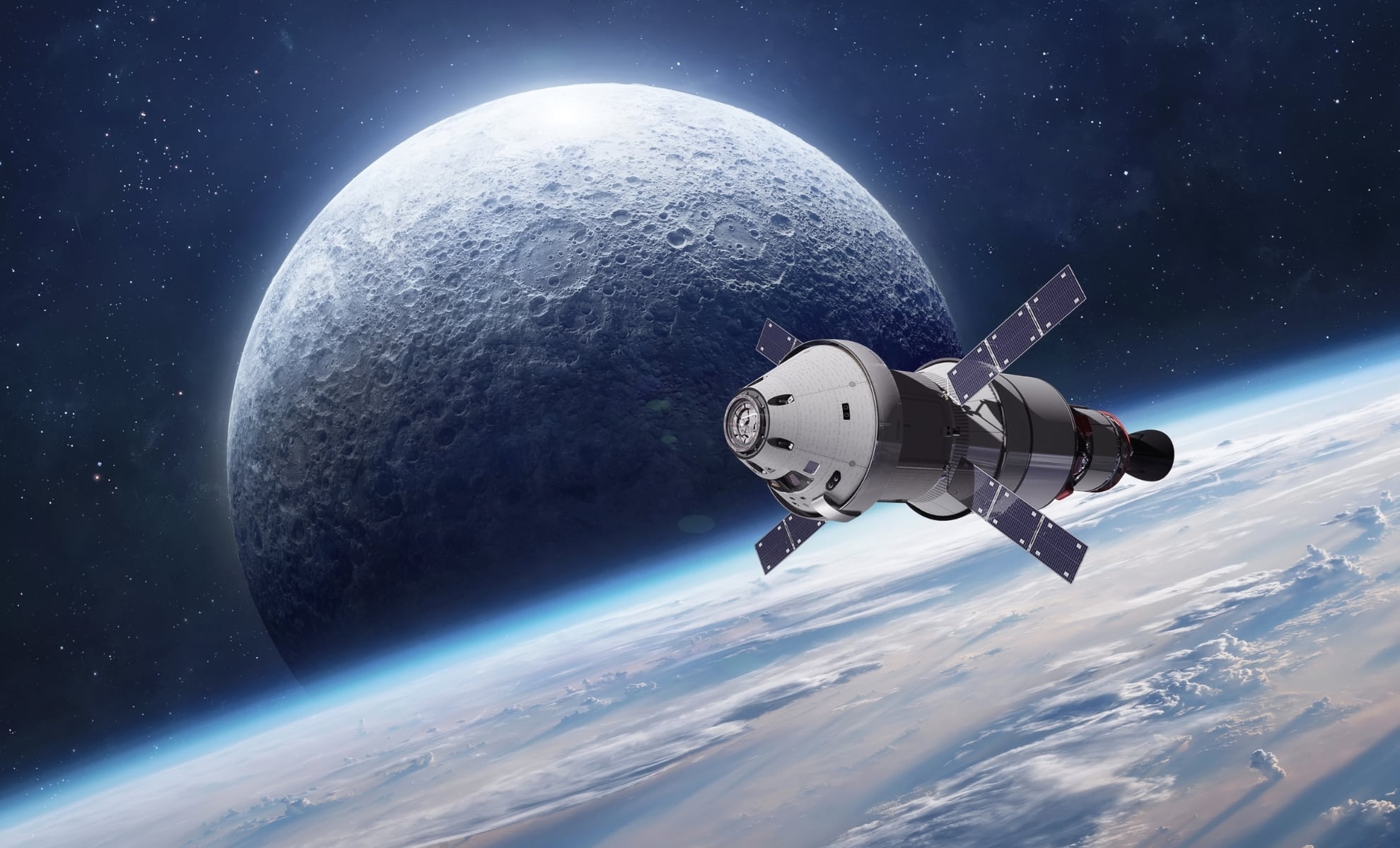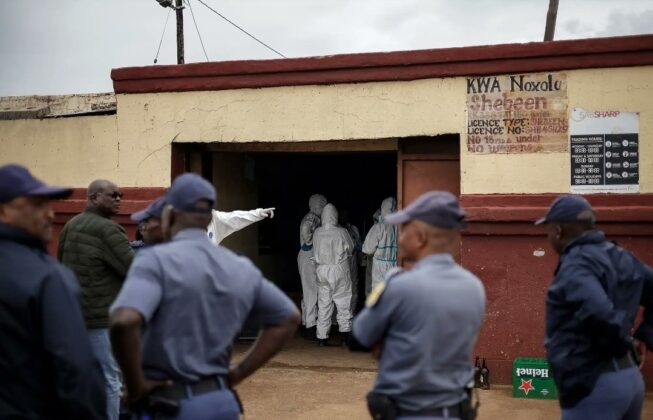
NASA says the Artemis II mission could launch in February, sending four astronauts around the moon for the first time in 50 years. Image: India Defence Review.
(The Post News) –NASA announced on Tuesday that the Artemis II moon mission, the first crewed lunar trip in over half a century, might take off as soon as February, two months earlier than planned.
The 10-day mission will send four astronauts on a flyby of the moon, the first human spaceflight beyond low Earth orbit since Apollo 17 in 1972. The astronauts are three Americans and one Canadian: Reid Wiseman, Victor Glover, Christina Koch, and Jeremy Hansen. Koch will be the first woman to travel outside of Earth’s orbit, and Glover will be the first person of colour.
NASA acting deputy associate administrator Lakiesha Hawkins told the press that the mission would be historic. “We all have a front-row seat to history,” she said. “The launch window could open as early as February fifth, but we want to stress that safety is our highest priority.”
Engineering Fixes and Preparations
The Artemis II mission was scheduled for April, but as the engineers were fixing the serious issues, the development has accelerated. When the uncrewed Orion spacecraft, during the 2022 Artemis I test flight, sustained damage to its heat shield during Earth re-entry, NASA reinforced the design afterwards.
Artemis Launch Director Charlie Blackwell-Thompson announced NASA’s 98-meter Space Launch System rocket, SLS, was already “stacked and ready to go.” The Orion crew capsule will be assembled in the coming weeks prior to final ground testing at Kennedy Space Center. Artemis II will lift off from Florida, placing Orion in Earth orbit ahead of the translunar injection burn, propelling the spacecraft millions of miles through 370,000 km beyond the moon.
The astronauts will journey about 8,000 kilometers past the moon’s far side before returning. Astronauts will hand-fly Orion’s navigation systems to the destination, rehearse docking maneuvers, and perform medical studies to measure the effects of radiation and microgravity on the human body. Having orbited the moon, Orion will head back to Earth, overcoming reentry temperatures of nearly 3,000°C before splashing down in the Pacific off California.
Space Race
If Artemis II works, the door would open to Artemis III, NASA’s first mission scheduled for landing on the moon in 1972. NASA plans to do that in 2027 using SpaceX’s Starship as a lunar lander. But development delays in Starship, plagued by consecutive test failures, have threatened the possibility of meeting that deadline.
Meanwhile, China is advancing its own lunar ambitions, testing rockets and aiming to send astronauts to the moon by 2030. NASA leaders have made clear they view this as a new space race. Sean Duffy, NASA’s acting chief, said bluntly, “I’ll be damned if the Chinese beat NASA or beat America back to the moon. We’re going to win the second space race.”



